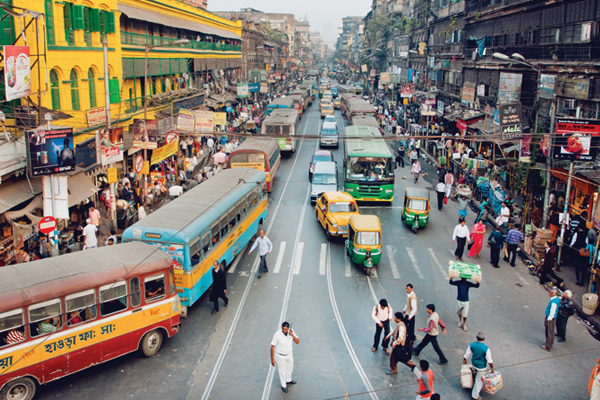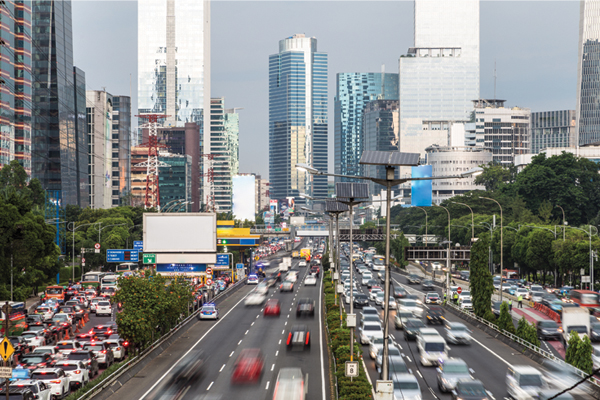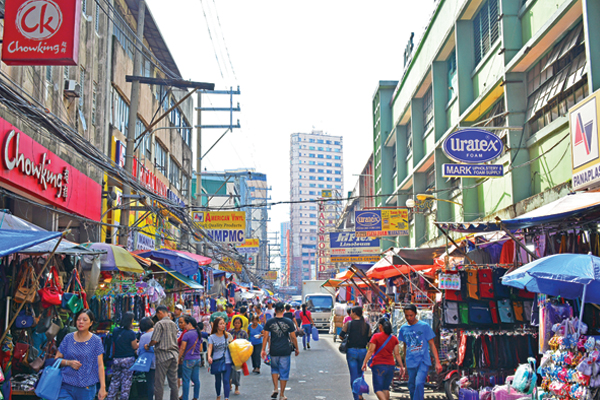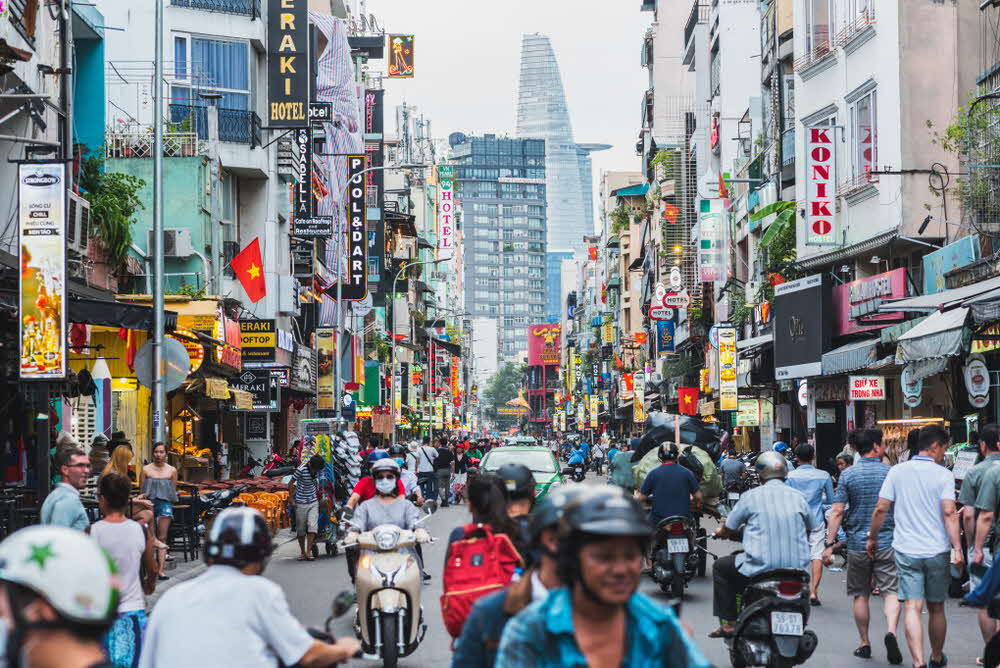-
India
-
Indonesia
-
Philippines
-
Vietnam

S$31.89b
Total bilateral trade in goods with Singapore (2024)
Step into new high-growth markets
With huge investments of more than US$1 trillion (S$1.4 trillion) in urban infrastructure, ports, and the power sector in 2020, India's construction sector is projected to grow at 8.1% per year for the next decade.
As several of Singapore’s big players make inroads into India and its built environment industry, ride on their success as you make your way into the Indian market.
-
Master-planning and building new townships
The master-planning and development undertaken by Surbana Jurong in India’s new capital city of Amaravati in Andhra Pradesh is an example of making inroads into this market. When completed, Amaravati will be ten times the size of Singapore. The entire construction is estimated at S$21.8 billion.
India also has plans to upgrade 500 cities under its Atal Mission for Rejuvenation and Urban Transformation (AMRUT) programme. Households in these cities can look forward to basic services such as piped water, sewerage systems, urban transport, and other amenities in the cities.
-
Smart cities mission
India is wooing foreign investment to help achieve its Smart Cities Mission. Launched in 2015, India wants to modernise 99 Indian cities and their satellite towns, and transform them into future-ready smart cities.
With S$40.4 billion worth of projects planned in these cities, pitch your solutions in e-governance, transport, urban development and utilities to the Indian market.

S$74.16b
Total bilateral trade in goods with Singapore (2024)
Step into new high-growth markets
Indonesia, growing at 4.1% per year, is seeing one of the fastest growth rates of cities in Asia. With 68% of its population expected to live in cities by 2025, Indonesia's rapid urbanisation rates present opportunities for companies to meet the rising urban infrastructure demands, such as housing and urban transportation systems.
-
Housing a nation affordably
Indonesia’s rapid urbanisation rates have resulted in the most acute housing shortage in Asia, especially in low-cost housing for the lower-income.
Singapore companies can help plug the gap and contribute to Indonesia’s housing market. If your company is into off-site precasting, prefabrication of building components, or modular construction, you can explore affordable housing projects in North Jakarta (Muara Baru), West Jakarta (Daan Mogot) and East Jakarta (Pulo Gebang, West Jatinegara and Komarudin), as well as Kendal Industrial Park in Semarang.

S$19.18b
Total bilateral trade in goods with Singapore (2024)
Step into new high-growth markets
As one of the most dynamic ASEAN economies, the Philippines is seeing an increase in urbanisation. The growing middle class, coupled with a large and young population, has been contributing to growing domestic consumption. With new and improved laws set in place for foreign investments, Singapore businesses can explore opportunities within the Philippines with confidence.
-
"Build, build, build" initiative
Launched in 2017, the US$180 billion (S$243 billion) “Build, Build, Build (BBB)” infrastructure programme has earmarked 75 flagship projects including six airports, nine railways, four seaports, as well as improvements to bridges, bus service and roads. These aim to improve connectivity between rural and urban regions, create more jobs, and ease the movement of traffic and goods.
Unlock the Philippines’ urbanisation potential through township, business park and industrial park development, by collaborating with local companies under their Public-Private-Partnership programme.
-
Ready for renewable energy
To ensure affordable, reliable and sustainable energy to meet growing power demand, the energy infrastructure market in the Philippines is opening up to foreign investment. Foreign companies will now be able to fully own and operate biomass powerplants in the Philippines, as well as large-scale geothermal exploration, development, and utilisation projects.
In fact, with the Philippines aiming to attain renewable energy capacity of at least 35% by 2030 and the rising emphasis on energy security, the 7,000 islands of the archipelago hold great potential for the adoption of renewable energy solutions. As solar energy and energy storage become increasingly economical, hybrid solar-diesel-battery microgrids are widely seen as the most viable solution. This gives rise to opportunities for Singapore companies to provide microgrid solutions and financing.

S$31.67b
Total bilateral trade in goods with Singapore (2024)
Step into new high-growth markets
Vietnam is one of Southeast Asia’s fastest growing markets today, and rapid urbanisation has put pressure on its infrastructure. With high population growth rates across cities, the demand for construction projects in areas such as residential and logistics is anticipated to rise.
-
Major infrastructure development opportunities
Major projects such as the Lach Huyen International Gateway Port – the first major port located in Northern Vietnam – and plans to expand the seven Vietnam-Singapore Industrial Park (VSIP), present great opportunities for Singapore infrastructure businesses.
Many state-owned enterprises in the infrastructure sector have become publicly-listed corporations after economic reforms. Along with the entry of foreign infrastructure players into the sector, you can look forward to more public-private partnerships with Vietnam’s state-owned enterprises.
-
Fostering a better enviroment for foreign investments
Vietnam has revised its investment and real estate laws to make it easier for foreign investors to buy land and buildings. Develop high-rise residential properties and retirement villages for the increasingly affluent Vietnamese. Explore development sites in the biggest cities for high-value projects, or second-tier Vietnamese cities with high tourism potential.

